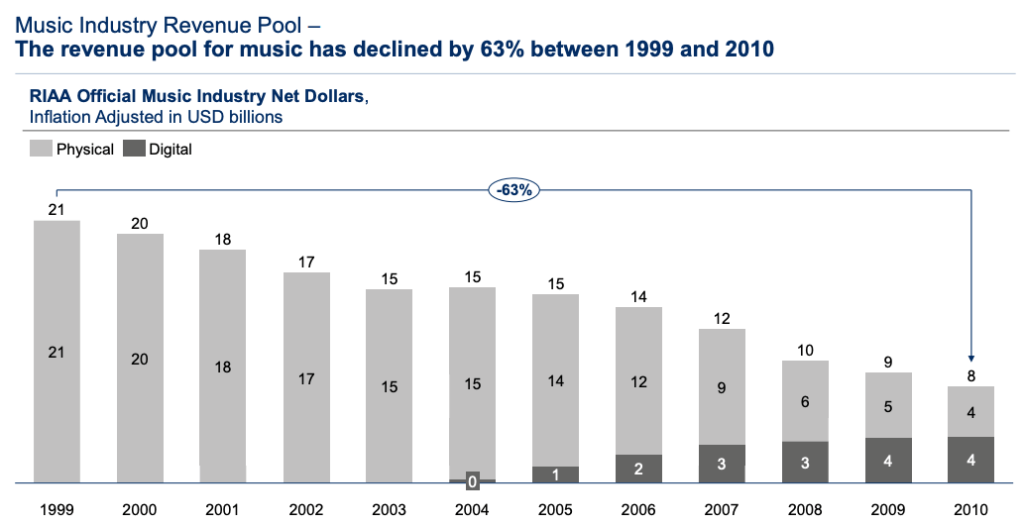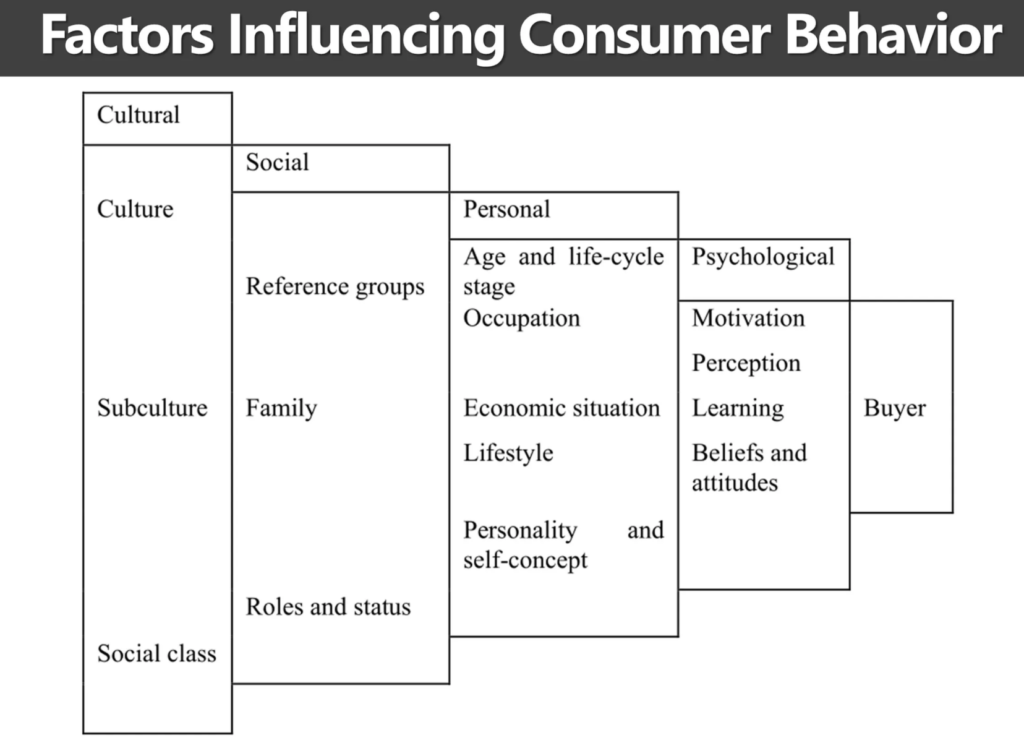Hey there bookworms! Are you curious about the state of traditional book production in the US? Well, you’ve come to the right place! In this blog, we’ll take a deep dive into the trends and challenges faced by the publishing industry in 2009, and explore the strategies that publishers used to overcome flat book production.
The impact of flat sales on the publishing industry was felt by publishers, authors, and readers alike. From economic downturns to digital disruption, there were several factors contributing to this trend. However, the industry was quick to respond with innovative solutions, diversification of revenue streams, and embracing digital publishing.
So, join us as we explore the state of traditional book production in the US and discover the strategies that helped the industry thrive despite the challenges it faced.
Table of Contents
Key Takeaways
- The U.S. book industry experienced an annual growth rate of 3.3% from 2002-2008.
- In 2009, traditional U.S. book production remained flat at 2.5 billion units.
- The economic downturn, digital disruption, and changing consumer behavior were major factors contributing to this trend.
- The publishing industry responded by consolidating and restructuring, focusing on backlist titles, and investing in digital publishing.
- The emergence of e-books and changes in reading habits influenced consumer behavior during this time.
- Diversification of revenue streams, innovation in publishing formats, and embracing digital publishing were strategies for overcoming flat book production.
The State of Traditional U.S. Book Production in 2009
If you’re a book lover, you may be interested to know about the state of traditional book production in the U.S. in 2009. At that time, the publishing industry was facing some challenges due to flat sales and changing consumer habits.
One of the biggest trends in traditional book publishing was the rise of e-books. While print books were still the dominant format, e-books were gaining popularity, and publishers were starting to invest more in digital production. This shift was partly due to the rise of e-readers like the Kindle and the iPad, which made it easier and more convenient for readers to access digital content.
At the same time, traditional book publishers were grappling with the impact of flat sales on their bottom line. Despite the popularity of books like the Twilight series and The Hunger Games, overall book sales had stagnated in the early 2000s. This was partly due to competition from other forms of entertainment like video games and streaming TV, as well as the economic recession that began in 2008.
To stay competitive, traditional publishers were experimenting with new strategies like bundling print and e-book editions, and partnering with online retailers like Amazon to sell their books directly to consumers. They were also investing in new technologies like print-on-demand, which allowed them to produce books more efficiently and cost-effectively.
Despite these challenges, traditional book production remained a vibrant and essential part of the publishing industry. Many readers still preferred the tactile experience of reading a print book, and traditional publishers continued to produce some of the most popular and beloved books of the time.
Factors Contributing to Flat Book Production
Have you ever wondered why book production in the U.S. has remained relatively flat over the past decade or so? While there are certainly many factors at play, three key trends stand out: the economic downturn, digital disruption, and changes in consumer behavior.
Economic Downturn
Firstly, the economic downturn of the late 2000s had a significant impact on the publishing industry. When people are worried about their jobs and finances, buying books may not be a top priority. As a result, book sales stagnated, and publishers were forced to find new ways to remain profitable.
Digital Disruption
Secondly, digital disruption played a major role in the flat sales of traditional book production. With the rise of e-books and digital reading devices, many consumers began to shift away from print books in favor of digital formats. This change in consumer behavior caught traditional publishers off guard, and many struggled to adapt to the new landscape.
Changes in Consumer Behavior
Third is changes in consumer behavior also played a role in the flat sales of book production. With the rise of social media and streaming entertainment, people have more options for how to spend their leisure time. This means that books are competing with other forms of entertainment for consumers’ attention and dollars.
While these trends have certainly presented challenges for the publishing industry, it’s important to note that book production in the U.S. remains strong. While e-books may be growing in popularity, many readers still prefer the tactile experience of holding a physical book in their hands. And with the rise of self-publishing platforms and other digital tools, it’s easier than ever for authors to get their work in front of readers.

Impact on the Publishing Industry
The flat sales of traditional book production in the U.S. have had a significant impact on the publishing industry, leading to consolidation and restructuring, a renewed focus on backlist titles, and increased investment in digital publishing.
Consolidation and Restructuring
Consolidation and restructuring have become common in the publishing industry as companies seek to remain profitable in the face of flat sales. This has led to mergers and acquisitions, as well as layoffs and restructuring of publishing teams. While this has undoubtedly been a difficult time for many publishing professionals, it has also resulted in more efficient and streamlined operations for many companies.
Focus on Backlist Titles
Another trend that has emerged in response to flat sales is a renewed focus on backlist titles. Rather than investing heavily in new releases that may not sell as well as anticipated, publishers are turning their attention to the books they already have in their catalog. This has led to a renewed interest in classic and evergreen titles, which can continue to generate revenue long after their initial release.
Increased Investment in Digital Publishing
And the flat sales of traditional book production have also spurred increased investment in digital publishing. With the rise of e-books and digital reading devices, publishers have had to adapt to a new landscape in which digital content is becoming increasingly popular. This has led to increased investment in digital production processes, as well as in marketing and distribution channels for digital content.
Despite these challenges, the publishing industry remains a vibrant and essential part of the cultural landscape. While the industry may be evolving in response to changing consumer habits and economic realities, publishers continue to produce high-quality books that inspire, educate, and entertain readers of all ages. Whether you prefer print books or digital formats, there has never been a better time to be a book lover.
Factors Influencing Consumer Behavior
The flat sales of traditional book production in the U.S. are undoubtedly influenced by changing consumer behavior, which has been shaped by a variety of factors. Let’s take a closer look at three key trends that are influencing the way people buy and read books.

Increase in Online Shopping
Firstly, the increase in online shopping has had a major impact on the way people buy books. With the rise of e-commerce giants like Amazon, consumers can now easily buy books online and have them delivered right to their doorstep. This convenience factor has made it easier than ever for people to buy books, but it has also contributed to the decline of brick-and-mortar bookstores.
Emergence of E-Books
Secondly, the emergence of e-books has fundamentally changed the way people read. While print books remain popular, e-books have become an increasingly popular format in recent years. E-books offer readers the convenience of being able to carry an entire library with them wherever they go, and they can often be purchased at a lower cost than print books.
Changing Reading Habits
Finally, changing reading habits are also playing a role in the flat sales of traditional book production. With the rise of social media and streaming entertainment, many people simply have less time to read than they did in the past. This has led to a shift away from longer, more complex books in favor of shorter, more digestible content like articles and blog posts.
Despite these trends, it’s important to remember that people still love books. Whether in print or digital format, books continue to inspire, educate, and entertain readers of all ages. And while the publishing industry may be facing challenges as it adapts to changing consumer behavior, publishers continue to produce high-quality books that capture the hearts and imaginations of readers around the world.
Strategies for Overcoming Flat Book Production
While the flat sales of traditional book production in the U.S. have presented challenges for the publishing industry, there are several strategies that publishers can use to overcome these challenges and remain profitable. Let’s take a look at three key strategies that can help publishers adapt and thrive in the face of changing consumer behavior.
Diversification of Revenue Streams
Firstly, diversification of revenue streams is essential for publishers looking to overcome flat book production. This means exploring new revenue streams beyond traditional book sales, such as licensing and merchandise deals, content syndication, and subscription-based services. By diversifying their revenue streams, publishers can reduce their reliance on book sales and create a more stable and sustainable business model.
Innovation in Publishing Formats
Secondly, innovation in publishing formats can help publishers stay relevant and attract new readers. This could mean experimenting with new book formats, such as graphic novels, illustrated books, or interactive books, or exploring new distribution channels like audiobooks or podcasts. By embracing new formats and channels, publishers can tap into new audiences and expand their reach.
Embracing Digital Publishing
Finally, embracing digital publishing is essential for publishers looking to remain competitive in today’s digital age. This means investing in digital production processes and tools, as well as developing new marketing and distribution strategies for digital content. With the rise of e-books, audiobooks, and other digital formats, publishers that don’t embrace digital publishing risk falling behind the competition.
What caused traditional U.S. book production to remain flat in 2009?
The economic downturn, digital disruption, and changing consumer behavior were major factors contributing to this trend.
How did the publishing industry respond to flat book production?
The industry responded by consolidating and restructuring, focusing on backlist titles, and investing in digital publishing.
How did consumer behavior change during this time?
The emergence of e-books and changes in reading habits influenced consumer behavior during this time.
Conclusion
In conclusion, the publishing industry faced a significant challenge in 2009 due to flat book production, but with innovative solutions and a willingness to adapt, publishers were able to overcome this hurdle. The industry continues to evolve and adapt to changing consumer behavior and technological advancements, and we can expect to see more exciting developments in the years to come.
As book lovers, we can support the publishing industry by continuing to read and purchase books, exploring new formats and genres, and sharing our love of reading with others. So, why not pick up a book today and see what the world of traditional publishing has to offer?
Thanks for joining us on this journey through the trends and challenges faced by the publishing industry in 2009. Keep reading, keep learning, and keep exploring!

yeminli tercüme
Your point of view caught my eye and was very interesting. Thanks. I have a question for you.
Yes, How can i help you?